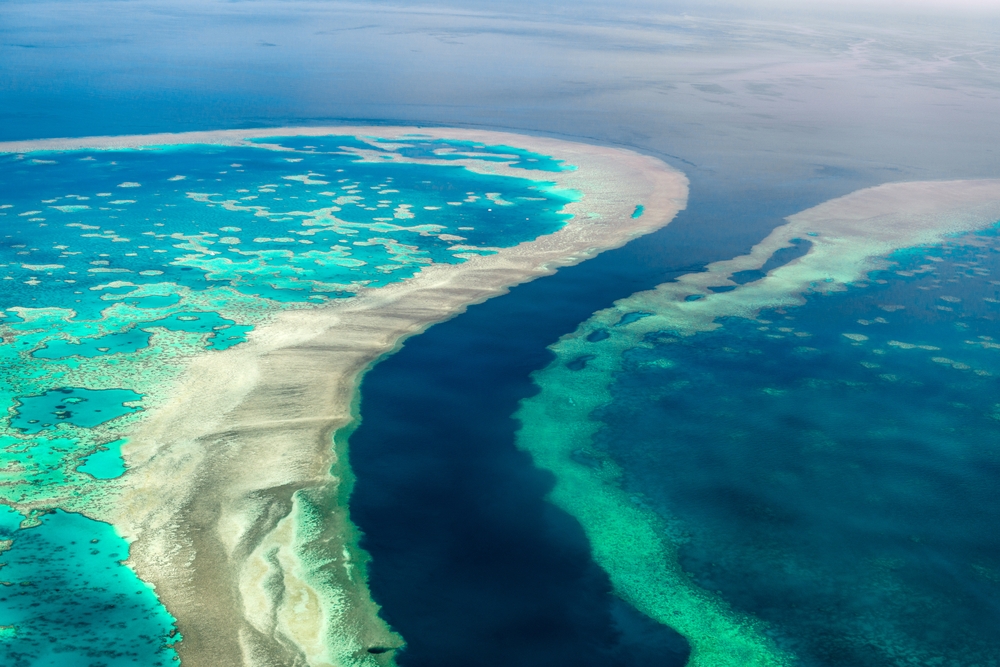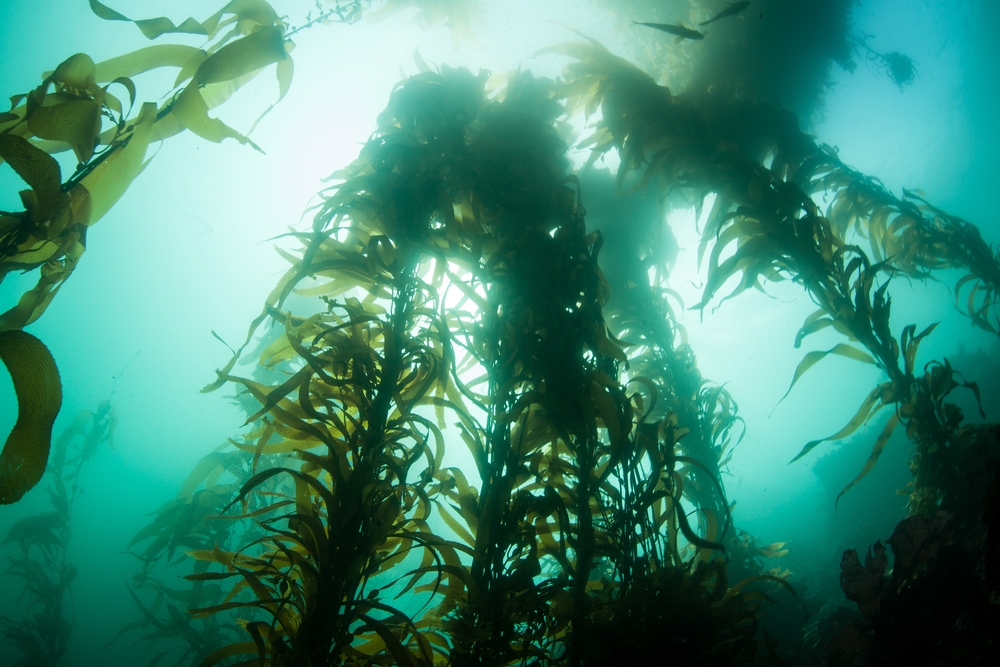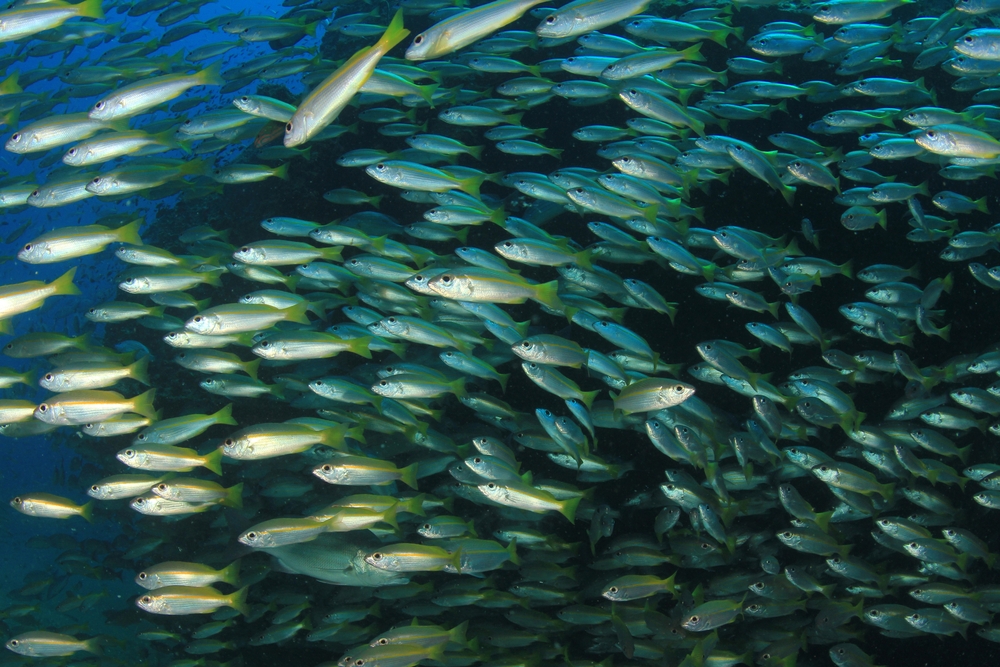The Oceans Are Getting More Acidic…Here’s What You Need To Know
What Causes Ocean Acidification?

CO2 has always been present in our ecosystem. Everything (animal, mineral or flower) gives off trace amounts of carbon dioxide. For example, a volcano explodes, boom, CO2 is pushed into the atmosphere. We breath out and a lung full of CO2 is thrown into the environment. When a tomato rots, CO2 is released into the atmosphere. Each time something organic decays, huge amounts of CO2 are released into the environment. In other words, CO2 has always been here and isn’t going anywhere. CO2 itself isn’t the problem.
An oversaturation of CO2 – as a naturally occurring event – isn’t anything new either. Ecosystems, on a micro to macro level, have their ups and downs. But, our planet has natural ways to regulate and fix these mishaps. Our rivers do something called bufferingto bring pH levels back to safe levels (more on this below).
Now however, due to man’s destructive nature, our planet’s natural ways of cleaning itself up are no longer cutting it. We are pumping so much C02 into the atmosphere that our planet can’t keep pace. We have started a train that now how so much momentum it’s very difficult to stop. We’ve built a society that depends on burning fossil fuels, and yet this very process is destroying the planet.
As the National Oceanic and Atmospheric Administration notes:
Since the beginning of the Industrial Revolution, the pH of surface ocean water has fallen by 0.1 pH unit… this change represents approximately a 30% increase in acidity.
At least one-quarter of the carbon dioxide released into the atmosphere doesn’t stay in the air. Since the start of the First Industrial Revolution, over 525 billion tons of CO2 have ended up in the ocean.
Our ingenuity has allowed us to make a tremendous amount of progress in a short amount of time. Unfortunately, much of that progress has been at the expense of our environment.
What Is Ocean Buffering?
Buffering is a system’s inherent and natural capacity to find an acidic middle; to find pH balance and equilibrium.
In humans and animals, buffering helps maintain a constant pH in the bloodstream. Various mechanisms help maintain a proper ratio. For example, during exercise, rapid breathing helps compensate for the increased rate at which CO2 is added to our blood.
In the ocean, this pH balance is normally brought into place by:
– Rocks: the overflow and swell of rivers discharging into the ocean bring with them dissolved chemicals and mineral runoffs from rocks. This action helps keep the ocean’s pH in that Goldilocks, just right, phase.
– Photosynthesis: marine fauna, like cyanobacteria, known as blue-green algae, and red algae, not to mention scores of other plants and bacterias, convert CO2 (carbon dioxide) to organic material by reducing this gas to carbohydrates in a rather complex set of reactions.
The problem, however, is that ocean buffering can no longer keep up with the amount of CO2 it must process.
What Are The Effects of Oceanic Acidification?

The effects of OA are numerous and frightening. This is just a sampling.
Calcifying species, including but not limited to oysters, clams, sea urchins, plankton, are at risk. In other words, species that rely on calcium carbonate are increasingly threatened as the acid levels rise.
Shallow water corals and deep sea corals, whose structure is based off of calcium carbonate, are in decline. Large portions of reefs, including Australia’s Barrier reef, are receding inward; no longer growing but actually shrinking. Scientist estimate that by the end of the century, coral reefs will erode faster than they can rebuild themselves.
Pteropods, tiny sea creatures the size of a small pea, can no longer maintain their shell integrity and are slowly being wiped off the face of the planet. These “sea butterflies” are the main source of protein for other animals (salmon, krill. whales, etc).
Oyster facilities on the West Coast are failing to reproduce at sustainable levels. CO2 levels in the West Coast mingle dangerously with that region’s low pH waters, which ultimately affects the oyster’s capacity to life in that area.
Today, more than a billion people rely on sea life as way to maintain their livelihood. Whole economies base their infrastructure on fishing. As ecosystems begin to collapse, economies will begin to feel the effects. Industry that rely upon the oceans will become unprofitable, leading to millions of jobs lost.
How Can We Fix OA?
We can’t simply let OA go unchecked, and many people and institutions are working hard to find a fix.
Researchers are discovering that kelp, eelgrass, and other marine vegetations can effectively absorb CO2. As such, there are various pilot programs designed to grow and proliferate these vegetables and mitigate the damaging impact of acidification.
Meanwhile, we can also do our fair bit to steam this problem’s evolution. We can take simple actions like:
– Reduce our carbon footprint and rely less on burning fuel.
– Eat less meat.Grain production, to feed livestock, requires excessive amounts of fertilizer, fuel, pesticides, water and land.
– Use less energy at home.
– Drive less. Instead, carpool, bike, take the public transit system, or walk. Less driving means less CO2 pumped into the air.
– Conserve water.
– Reduce, reuse, and recycle.
– Educate others on the problem.
There is one thing we can’t do: ignore the problem. We’ve tried that for centuries and it hasn’t worked. Now we must face up to the problem and start taking action.
The great oceanographer Jacques Yves Cousteau said:
The sea, the great unifier, is man’s only hope. Now, as never before, the old phrase has a literal meaning: we are all in the same boat.
We indeed are in the same boat. Let’s work to keep the boat afloat.



